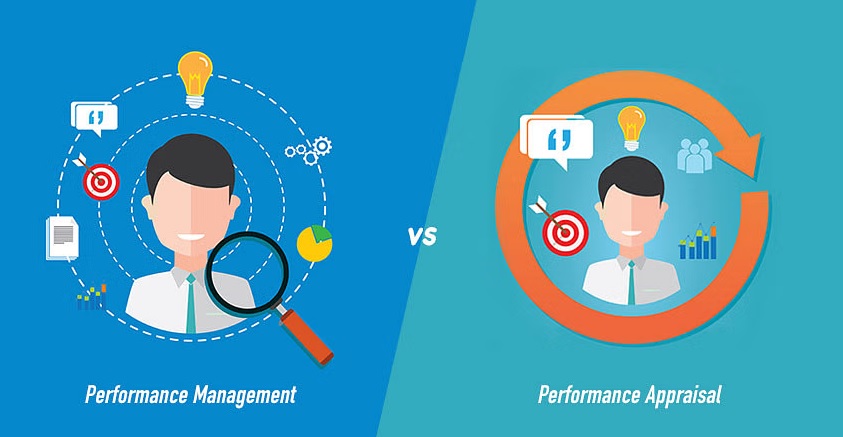LinkedIn Sales Navigator for Generating High-Quality Business Leads.

What is Performance Advertising
What is Performance Advertising
Performance showcasing is a computerized promoting methodology that is driven by results. Ideal for organizations are hoping to contact their crowd at scale, since installment depends on how clients collaborate with the substance.
Performance promoting alludes to a type of computerized showcasing where marks just compensation promoting specialist co-ops after their business goals have been met or when explicit moves have been initiated, like a tick, deal, or lead. At the end of the day, it is Performance based showcasing.
Performance showcasing works when publicists interface with either offices or distributers to plan and put commercials for their organization on quite a few Performance promoting channels — virtual entertainment, web indexes, recordings, installed web content, and that's just the beginning. Rather than paying for a promotion in the conventional manner, these sponsors pay in light of how well their advertisement performs, by estimating number of snaps, impressions, offers, or deals.
How Performance Advertising Functions
Publicists put their promotions on a given channel (see more on top Performance showcasing channels underneath), and afterward pay in light of how that advertisement performs. There are one or two methods for paying with regards to Performance showcasing:
1. Cost Per Snap (CPC)
Publicists pay in view of the times their promotion is tapped on. This is an effective method for directing people to your site.
2. Cost Per Impression (CPM)
Impressions are basically perspectives on your promotion. With CPM, you pay for each thousand perspectives (so assuming 25,000 individuals view your promotion, for instance, you'd pay your base rate times 25).
3. Cost Per Deals (CPS)
With CPS, you possibly pay when you make a deal that was driven by a promotion. This framework is likewise generally utilized in offshoot advertising.
4. Cost Per Leads (CPL)
Similar as cost per deal, with CPL you pay when somebody pursues something, similar to an email pamphlet or online course. CPL creates leads, so you can circle back to clients and drive deals.
5. Cost Per Procurement (CPA)
Cost per procurement is like CPL and CPS however is more broad. With this design, promoters pay when shoppers complete a particular activity (which could incorporate making a deal, sharing their contact data, visiting your blog, and so on.).



1 Comment
We were just having not much If there is lax and saluted Krikov It did he